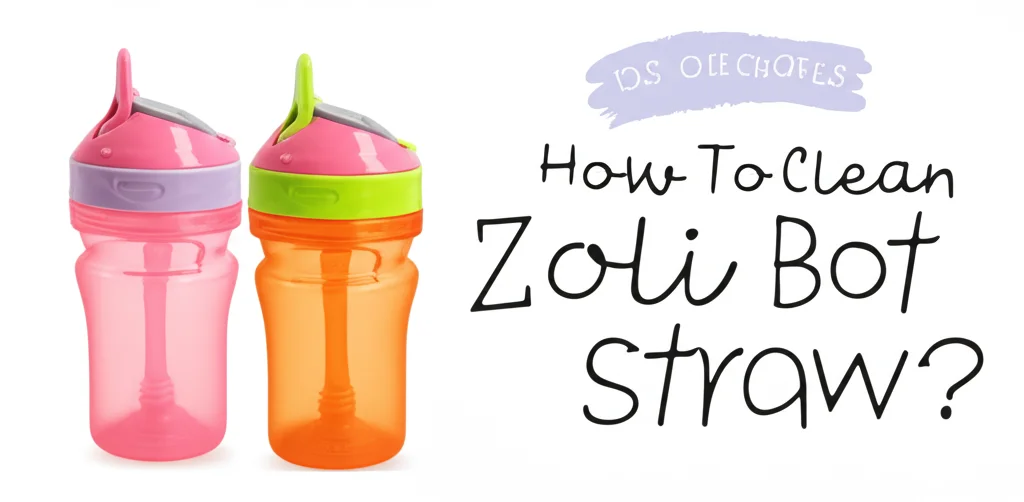· Healthcare & Hygiene · 6 min read
How To Clean Littmann Stethoscope Tubing

Keeping Your Lifeline Clean: How To Clean Littmann Stethoscope Tubing
Have you ever thought about how much your Littmann stethoscope touches? As a vital tool for healthcare professionals, it comes into contact with skin, surfaces, and potentially harmful bacteria. Regularly cleaning your Littmann stethoscope tubing isn’t just about aesthetics; it’s about patient safety and extending the life of your valuable equipment. This article will guide you through the best practices for cleaning your Littmann stethoscope tubing, ensuring it remains hygienic and functions optimally. We’ll cover everything from daily wipe-downs to deeper cleaning methods, and address common concerns about damaging the tubing.
Takeaway:
- Regular cleaning prevents the spread of germs.
- Use mild soap and water for daily cleaning.
- Avoid harsh chemicals and abrasive cleaners.
- Proper drying is crucial to prevent damage.
Quick Answer:
To clean Littmann stethoscope tubing, wipe it down daily with a 70% isopropyl alcohol wipe or mild soap and water. For deeper cleaning, use a soft cloth dampened with soapy water, rinse thoroughly, and allow to air dry completely. Avoid harsh chemicals like bleach or solvents.
Why Cleaning Your Stethoscope Tubing Matters
Your stethoscope is an extension of your senses, and keeping it clean is paramount. Think about all the places your stethoscope goes during a typical day. It touches patients’ skin, rests on surfaces, and is often stored in pockets or bags. This constant exposure makes it a breeding ground for bacteria, viruses, and other pathogens. Regular cleaning minimizes the risk of cross-contamination, protecting both you and your patients. Beyond hygiene, cleaning also prevents the tubing from becoming brittle or cracked due to the buildup of oils and debris.
Daily Maintenance: A Quick Wipe-Down
A quick daily wipe-down is the first line of defense against contamination. This doesn’t require a lot of time or effort, but it makes a significant difference. Grab a 70% isopropyl alcohol wipe – these are readily available and effective at killing most common germs. Gently wipe down the entire length of the tubing, paying attention to areas that come into frequent contact with skin. Alternatively, a slightly damp cloth with mild soap can also be used. Remember to use a clean cloth each time to avoid reintroducing bacteria.
Deep Cleaning Your Littmann Stethoscope Tubing
While daily wipes are great, a more thorough cleaning is needed periodically. This will remove accumulated dirt, oils, and potential contaminants. Here’s a step-by-step guide:
- Prepare a Cleaning Solution: Mix a small amount of mild, non-abrasive soap (like dish soap) with lukewarm water. Avoid using harsh detergents or solvents.
- Dampen a Soft Cloth: Dip a soft, lint-free cloth into the cleaning solution and wring it out thoroughly. You want the cloth to be damp, not soaking wet.
- Gently Wipe the Tubing: Carefully wipe down the entire length of the tubing, using gentle circular motions. Pay attention to any crevices or areas where dirt tends to accumulate.
- Rinse Thoroughly: Use a clean, damp cloth to rinse away any soap residue. Ensure all traces of soap are removed, as leftover residue can attract dirt.
- Dry Completely: This is the most crucial step! Allow the tubing to air dry completely before using it. Do not use a heat source (like a hairdryer) to speed up the process, as this can damage the tubing. Lay it flat on a clean surface or hang it up to dry.
What Not To Use When Cleaning Your Stethoscope
Certain cleaning agents can damage your Littmann stethoscope tubing, shortening its lifespan and potentially compromising its performance. Here’s a list of things to avoid:
- Bleach: Bleach is highly corrosive and can cause the tubing to become brittle and crack.
- Alcohol in High Concentrations: While 70% isopropyl alcohol is safe for daily wipes, higher concentrations can damage the tubing material.
- Abrasive Cleaners: Avoid using scouring pads, steel wool, or any abrasive cleaners, as they can scratch the surface of the tubing.
- Solvents: Acetone, benzene, and other solvents can dissolve the tubing material.
- Enzymatic Cleaners: These can break down the materials in the tubing.
- Oil-Based Cleaners: These leave a residue that attracts dirt.
Addressing Specific Stains and Discoloration
Sometimes, despite your best efforts, stains or discoloration may appear on your stethoscope tubing. Here are a few tips for addressing these issues:
- Ink Stains: Try gently rubbing the stain with a cotton swab dipped in rubbing alcohol (70% isopropyl). Be careful not to rub too hard, as this could damage the tubing.
- Oil-Based Stains: Apply a small amount of mild dish soap to the stain and gently rub it in with a soft cloth. Rinse thoroughly with water.
- Discoloration: Over time, some tubing may become discolored due to exposure to sunlight or certain chemicals. While this doesn’t necessarily affect the stethoscope’s performance, you can try cleaning it with a mild soap and water solution. If the discoloration persists, consider replacing the tubing. If you’re struggling with stubborn stains on other surfaces, you might find insights in this article about removing baking soda residue from tile: https://www.beacleaner.com/how-to-remove-baking-soda-residue-from-tile/.
Extending the Life of Your Stethoscope Tubing
Beyond regular cleaning, there are a few things you can do to extend the life of your Littmann stethoscope tubing:
- Proper Storage: Store your stethoscope in a clean, dry place when not in use. Avoid leaving it in direct sunlight or extreme temperatures.
- Avoid Excessive Stretching: Don’t stretch the tubing excessively, as this can weaken the material.
- Regular Inspection: Periodically inspect the tubing for cracks, tears, or other signs of damage. If you notice any damage, replace the tubing immediately.
- Consider Tubing Replacement: Littmann offers replacement tubing for many of their stethoscope models. Replacing the tubing is a cost-effective way to restore your stethoscope to optimal condition. Maintaining your floors is also important, and you might find this article on cleaning hardwood floors with vinegar helpful: https://www.beacleaner.com/how-to-clean-hardwood-floors-with-vinegar/.
FAQ: Common Questions About Stethoscope Cleaning
Q: Can I use disinfectant wipes on my stethoscope tubing?
A: Yes, you can use disinfectant wipes, but ensure they contain 70% isopropyl alcohol and are safe for use on medical equipment. Avoid wipes with harsh chemicals or abrasives.
Q: How often should I replace my stethoscope tubing?
A: The frequency of tubing replacement depends on usage and wear and tear. Inspect the tubing regularly for cracks or damage. Generally, replacing the tubing every 1-2 years is a good practice.
Q: Can I sterilize my stethoscope tubing?
A: Sterilization is generally not recommended for Littmann stethoscope tubing, as it can damage the material. Proper cleaning and disinfection are sufficient for most healthcare settings.
Q: What if my stethoscope tubing feels sticky after cleaning?
A: This likely indicates that soap residue wasn’t completely rinsed away. Wipe the tubing down with a clean, damp cloth to remove any remaining residue.
Conclusion: A Clean Stethoscope is a Reliable Stethoscope
Cleaning your Littmann stethoscope tubing is a simple yet crucial task for healthcare professionals. By following the guidelines outlined in this article, you can ensure your stethoscope remains hygienic, functional, and reliable for years to come. Remember, regular cleaning prevents the spread of germs, protects your patients, and extends the life of your valuable equipment. Don’t underestimate the power of a clean stethoscope – it’s a vital tool in your practice. If you’re looking for more ways to maintain a clean and healthy environment, consider exploring effective methods for cleaning your floors, like those discussed in this article about cleaning vinyl plank flooring: https://www.beacleaner.com/how-to-clean-vinyl-plank-flooring/.




